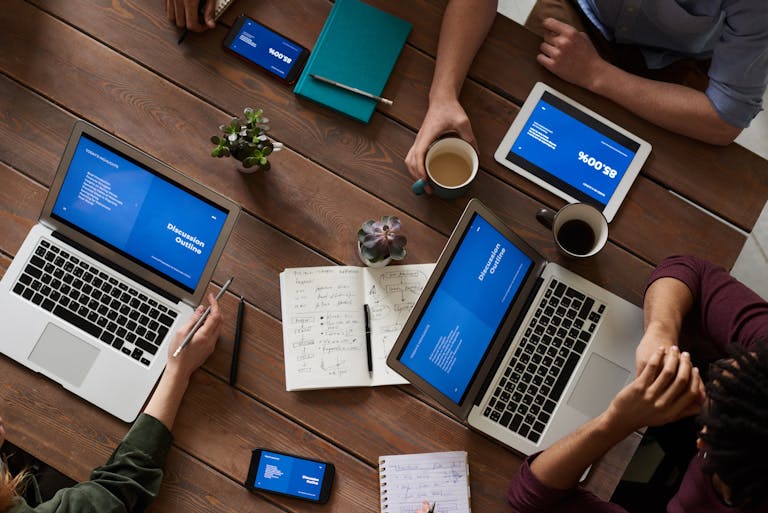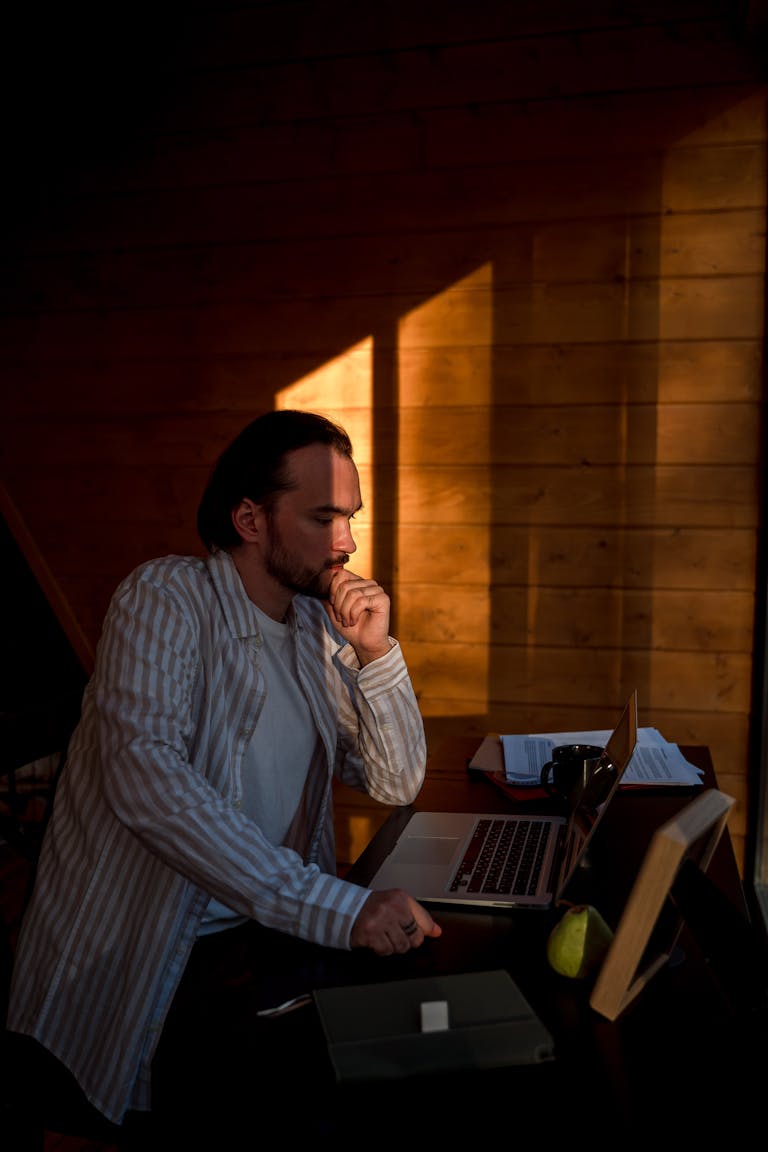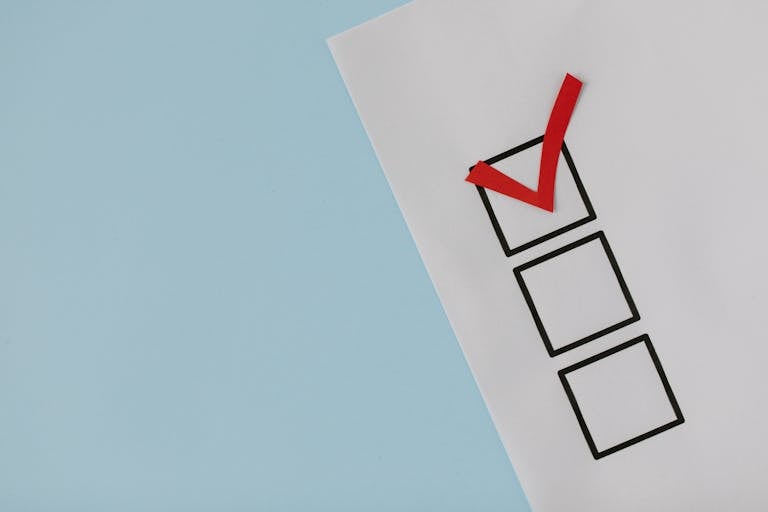In a world obsessed with productivity, multitasking is often seen as a skill to master. But what if it’s the very thing destroying your focus, increasing mistakes, and making you feel mentally drained?
The truth: Multitasking overload isn’t efficiency—it’s exhaustion in disguise.
Let’s explore how to escape the multitasking trap and reclaim your focus.

1. Why Multitasking Feels Productive—But Isn’t
Your brain can’t actually focus on two complex tasks at once. What it does is switch rapidly between tasks, and every switch costs mental energy and time. This is called “context switching.”
Studies show multitasking reduces productivity by up to 40% and increases error rates. You feel busier, but get less done—and feel more exhausted at the end of the day.
2. The Hidden Costs of Multitasking Overload
- Mental fatigue: Switching tasks burns mental energy fast.
- Lower quality output: Mistakes rise when your attention is divided.
- Increased stress: Your mind feels scattered and pressured.
- Reduced memory: You’re less likely to retain information when multitasking.
Over time, this leads to burnout, reduced creativity, and poor decision-making.
3. Common Signs You’re Overloaded
- Struggling to finish tasks
- Frequently forgetting details
- Constantly checking emails or apps
- Feeling mentally “fried” before the day ends
- A growing to-do list with little progress
If any of these sound familiar, it’s time for a reset.
4. How to Break the Multitasking Cycle
A. Use the “One-Tab Rule”
Keep only one browser tab open when working on a task. It forces you to focus.
B. Batch Similar Tasks
Group emails, calls, and meetings into specific time blocks. Avoid switching types of tasks too often.
C. Set Time Blocks
Use time-blocking to assign focused windows to deep work, admin tasks, or breaks.
D. Silence Notifications
Turn off pings and popups. Check messages at set intervals, not every few minutes.
E. Use the Pomodoro Technique
Work in 25-minute focused bursts followed by 5-minute breaks. This enhances concentration and reduces burnout.
5. Single-Tasking: The Antidote
Single-tasking isn’t slow—it’s smart. You actually complete more in less time when you focus fully on one task at a time. It’s how elite performers, writers, and CEOs get things done.
Try this:
- Pick one task.
- Eliminate distractions.
- Set a timer for 20–30 minutes.
- Go all in.
- Rest, then repeat.
6. Build a Focus-Friendly Environment
- Declutter your workspace
- Wear noise-canceling headphones
- Use focus music or white noise
- Set phone to Do Not Disturb mode
- Inform others of your “deep work” hours
Protecting your mental space is a productivity power move.
Q: Isn’t multitasking necessary for modern jobs?
A: While some roles require task-switching, multitasking on cognitively demanding tasks reduces effectiveness. Prioritizing focus leads to better results.
Q: What if I don’t have time to focus on just one thing?
A: Single-tasking doesn’t require more time—it uses time more efficiently. Even 10 focused minutes can outproduce 30 distracted ones.
Today, choose one high-priority task and give it your undivided attention for just 25 minutes. Notice how much smoother and more satisfying it feels compared to multitasking.

I’m EKBAL HOSSAIN MONDAL, the creator of SmartSolveTips.com — a blog dedicated to helping people improve productivity, avoid digital burnout, and live better online. With years of hands-on experience in self-development and digital wellness, I write practical tips and tools to help you stay focused and thrive in a fast-paced digital world.






